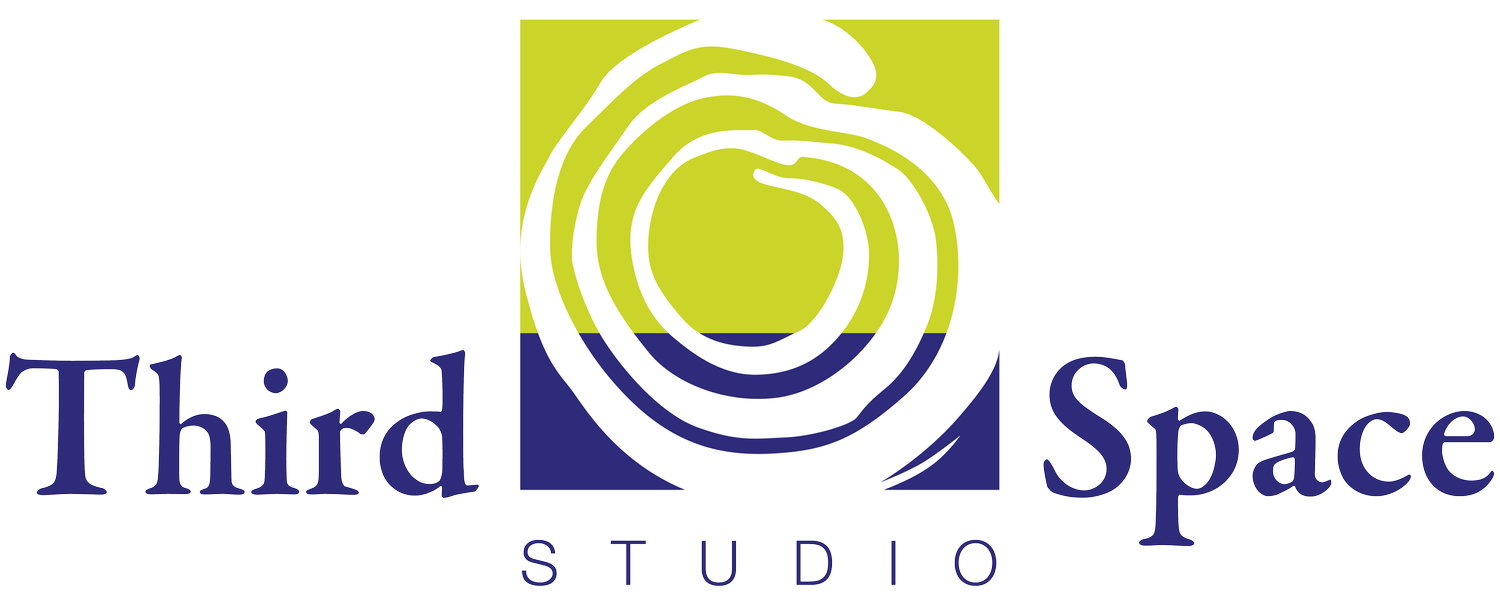Decision-making
We’re finally publishing the last post in our series on teamwork. The last weeks of summer were fuller than anticipated as clients called upon us to help them design their first in-person retreats since the pandemic. We’ve enjoyed helping people think about creative ways to build relationships, synthesize what’s been learned in recent years, and craft new priorities.
In this series, we’ve talked about belonging, alignment, accountability, and transparency as keys to strong and effective teamwork, whether in-person, remote, or hybrid. Our last topic is decision-making. You may see us explore a sixth team building characteristic at some point. After reflecting on this series, we realized an important piece is missing - joy.
As facilitators who work with teams to craft forward direction, we often find ourselves amid multiple team decision – or non-decision – moments. It’s a topic we care about a lot. We believe that making choices is essential to strategy and to effectiveness. We shared five approaches to more inclusive and effective decision-making early in the pandemic when many were being overwhelmed by decision fatigue.
Clear decision-making processes are one of the ways to build a stronger, more thoughtful team. Within your organization, there are multiple teams. There’s likely a leadership team made up of the executive director, department heads, and other senior leaders. There may be program teams, project-based teams, etc. Each department is a team and the full staff is also a team.
Each team should have a clear answer to the following questions and review them regularly, especially with the arrival of new team members.
What decisions belong to this team? What decisions do not?
How do we know when we’ve made a decision?
How do we respond when decisions are stuck?
How do we share the decisions we’ve made? How do we track them?
Here are some of the tools and practices that we find helpful when it comes to decision-making.
Decision-Making Rights
Most teams stumble or grow disillusioned because they don’t have consistent clarity on decision ownership. Is the full team responsible for making the decision? Are we providing input to someone else who is responsible for the decision? Has a decision been made and the team is being asked to wrestle with implementation? Be clear and transparent about decision ownership for the team’s docket of decisions.
Each team should know the decisions that they’re accountable for in the annual cycle of the organization. Here’s a guide to facilitating a 2 – 3 hour meeting to identify a team’s decisions and the associated decision-making rights.
A tool such as RAPID is helpful in making the layers of input and decision-making more explicit.
Push decisions to the people closest to implementation. The people who will implement a decision often have the perspective and experience to thoroughly assess risks and benefits and make a wise choice.
Decision Accountability
Create a culture where having authority for a decision means being accountable and taking responsibility for the decision-making process and the outcome, especially when the results are unexpected.
Regularly check-in on a team’s decision status.
What is stuck in the decision-making process?
Are the real results lining up with the expectations?
What is being learned?
What adaptations are needed?
A Process for Honing the Options
For teams in fast-paced environments, the typical process for making a decision is a roundtable discussion of the problem to be solved with participants sharing their perspectives and opinions. This style of decision-making can lead to confirmation and overconfidence bias. We place a lot of weight on the information and ideas that are consistent with our beliefs, hypotheses, and recent experiences and we discount information and ideas that contradict them. The combination of misreading the environment and overestimating skill and control can lead to dire consequences. It can also lead to decision paralysis.
There are lots of tools to deploy that can help structure the process of exploring a problem and developing a proposal.
Reaching Agreement
We’ve watched many groups talk and talk and never seem to land on a decision. Most of these teams are dedicated to inclusion and consensus – they want universal agreement. Some teams are risk averse and all risks are perceived to be equal in weight. Others avoid the loss that is inevitable in every decision.
We find it useful to employ explicit processes for coming to an agreement and encourage teams to adopt one. The one we use the most is five-finger voting or fist-to-five.
Decision Tracking
Have you ever sat in a meeting that felt like the movie Groundhog Day? The team returns to a conversation or a decision that you thought was already resolved? It can be helpful to create a simple log of team decisions that includes a short synopsis of the following:.
What was the decision? Why did we think this was the right decision?
When did we make the decision? Who was involved? Are there other contextual elements that ought to be noted?
What were our original indicators of success? What did we want to achieve? What was our hypothesis, if we had one?
What alternatives were considered and why weren’t they chosen?
All of this structure can feel burdensome, and I am sure some of you are feeling like you don’t have the time and energy. I hear you; it’s a lot of work. It doesn’t have to be done all at once and in every team at the same time. Start with the teams that are facing multiple complex decisions or high impact decisions. Imagine what it will be like to work with a team that can tackle tough decisions with speed, grace, and conviction.

